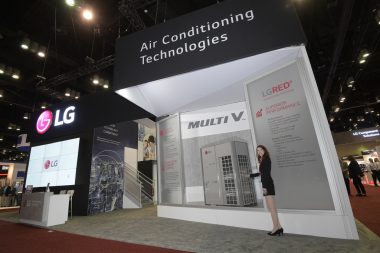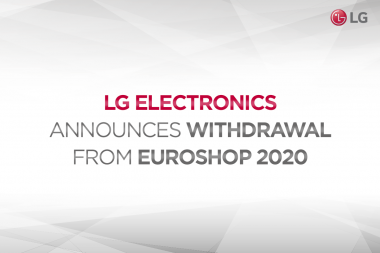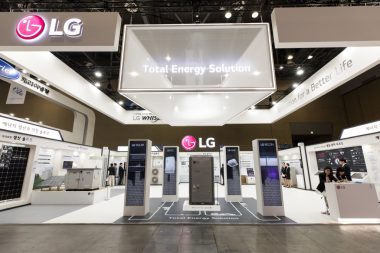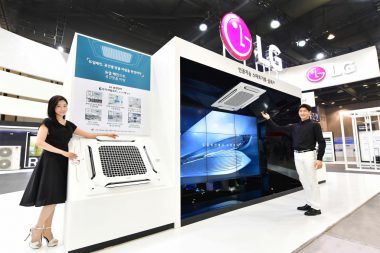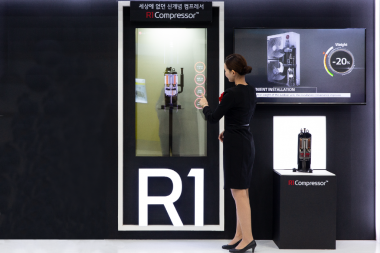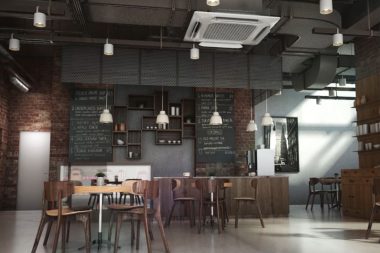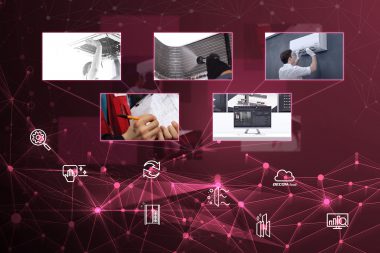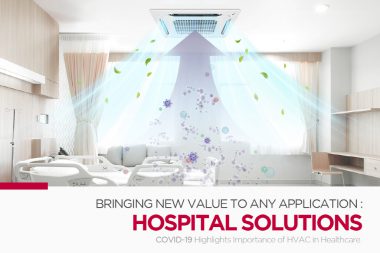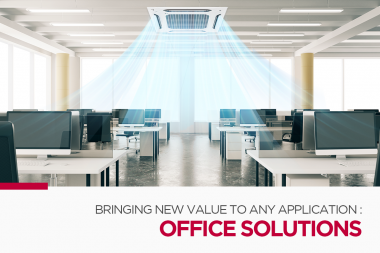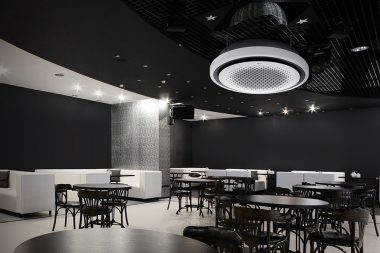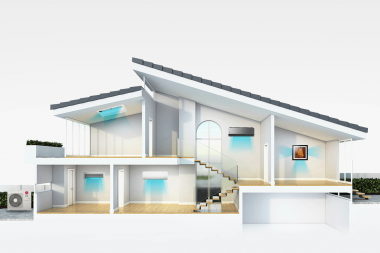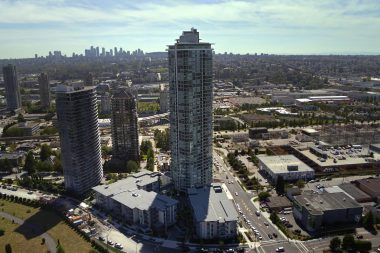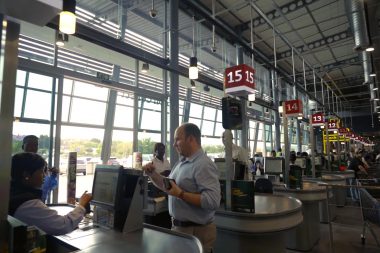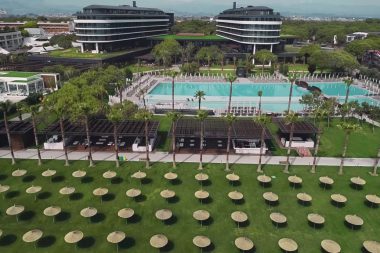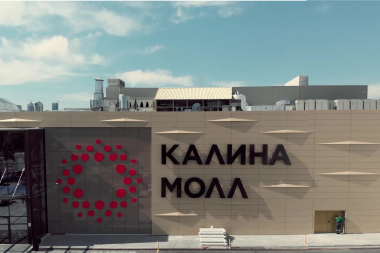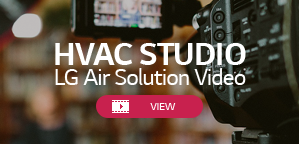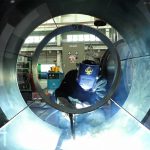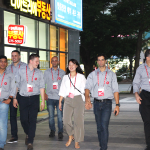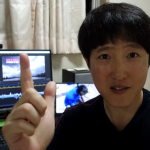A dynamic environment relies on total dynamic system solution. Buildings have always been a vibrant dynamic entity that needed complete integration in the environment. To follow this principle LG Electronics Air Conditioning and Energy Solutions Division has decided to set up an integration into certified tools for modelling. One such tool is eQuest®, a sophisticated, yet easy to use, freeware building energy analysis tool that analyzes building designs, confirm energy code compliance and demonstrates energy performance improvements for LEED® certification. eQUEST® uses the DOE-2 energy simulation base developed by the U.S. Department of Energy. As ANSI (ASHRAE) standards are similar to EN (European ones) but the European Union hasn’t provided (yet) a BIM tool integrating EU standards and as eQuest® is a freeware, LG Electronics considered that for the moment it is suited to provide an indication analysis of LG’s VRF impact on buildings through this tool.
Difference in design concept when LG’s VRF is modelled in-situ
A study has been conducted on an old hospital building being renovated into a more energy efficient one, placed in Bucharest (Romania’s Capital) with an approximate footprint of 1393 m² and 5 floors with a simulation environment over a period of 8760 hours.
After the architectural design has been defined in eQuest® and all other profiles have been set to the “Default” mode for medical facilities with the incidence on healthcare and laboratory facility, the design of the various HVAC systems has been done accordingly to the following conditions and the auto-size rules of the DOE2 database:
- Seasonal Thermostat Setpoint: TCOOL=27°C, THEAT=20°C in occupied mode and TCOOL=30°C, THEAT=18°C in unoccupied mode.
- Design temperatures: Indoor TCOOL=27°C, THEAT=20°C and Supply TCOOL=11°C, THEAT=49°C
Three types of HVAC systems have been chosen for simulation in order to be able to provide a comparison analysis: System 1 Chiller+Boiler (very efficient gas boiler), System 2 Heat Pump Chiller and System 3 Multi V IV air to air heat pump. System 1 & 2 have been simulated from the eQUEST® library under baseline conditions and for System 3 a library has been created and integrated into eQUEST®.
After simulating all 3 options under same conditions, the results concluded that using Multi V IV air to air heat pump, the electrical consumption of the building is significantly reduced, System 3 being almost 2 times more efficient than System 1 and a quarter more efficient than System 2. The provided analysis is based on numerical simulation results and the models have not been tested on real-time conditions.
The provided comfort by confidence
LG Electronics Air Conditioning and Energy Solutions Division is driven to provide a total package to its partners, amongst which designers represent a key entity. For designers, LG’s commitment is extended into providing BIM analysis with VRF solutions to secure the confidence of an integrated design considering various scenarios. Once all hypothesis exhausted by completed simulations, designers can enjoy the comfort of a completed job with several options provided for the job.
*This article has been quoted from a published article written by Monica Marza, senior engineer sales at LG Electonics.


